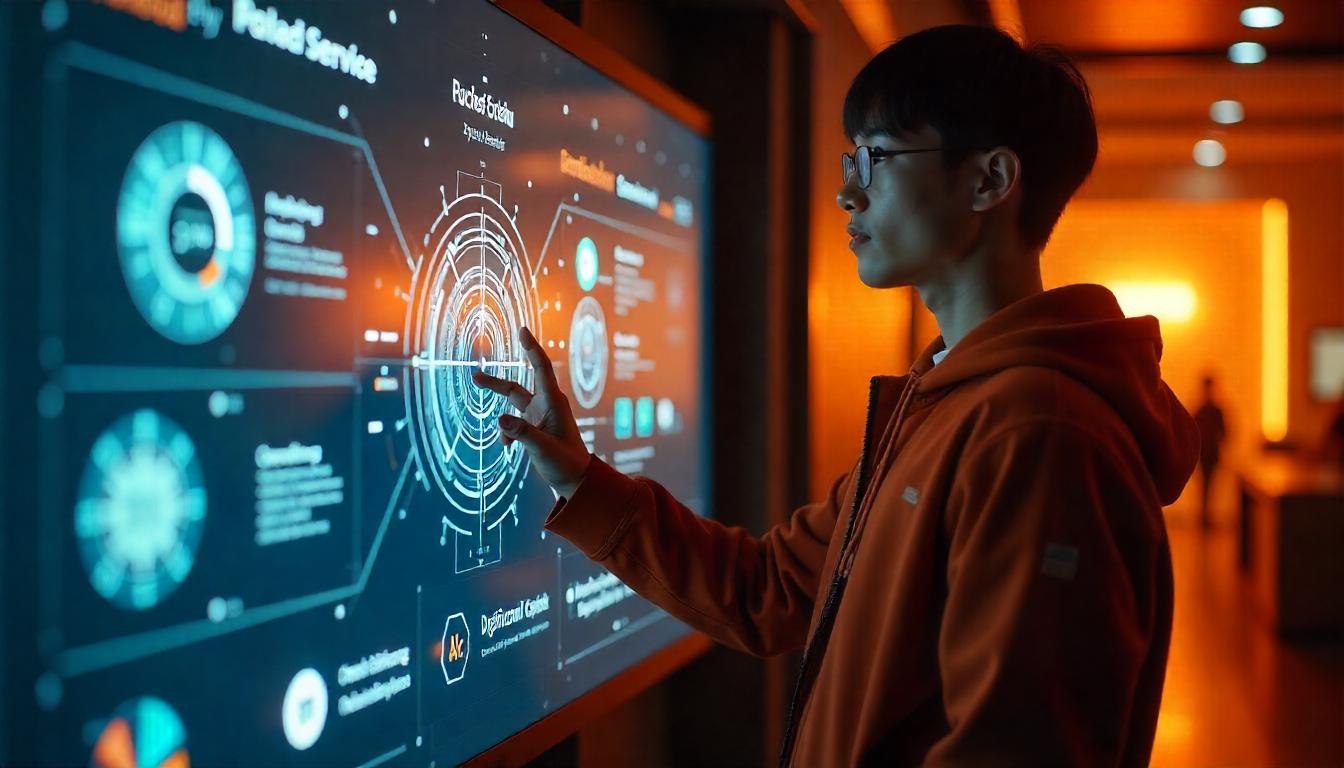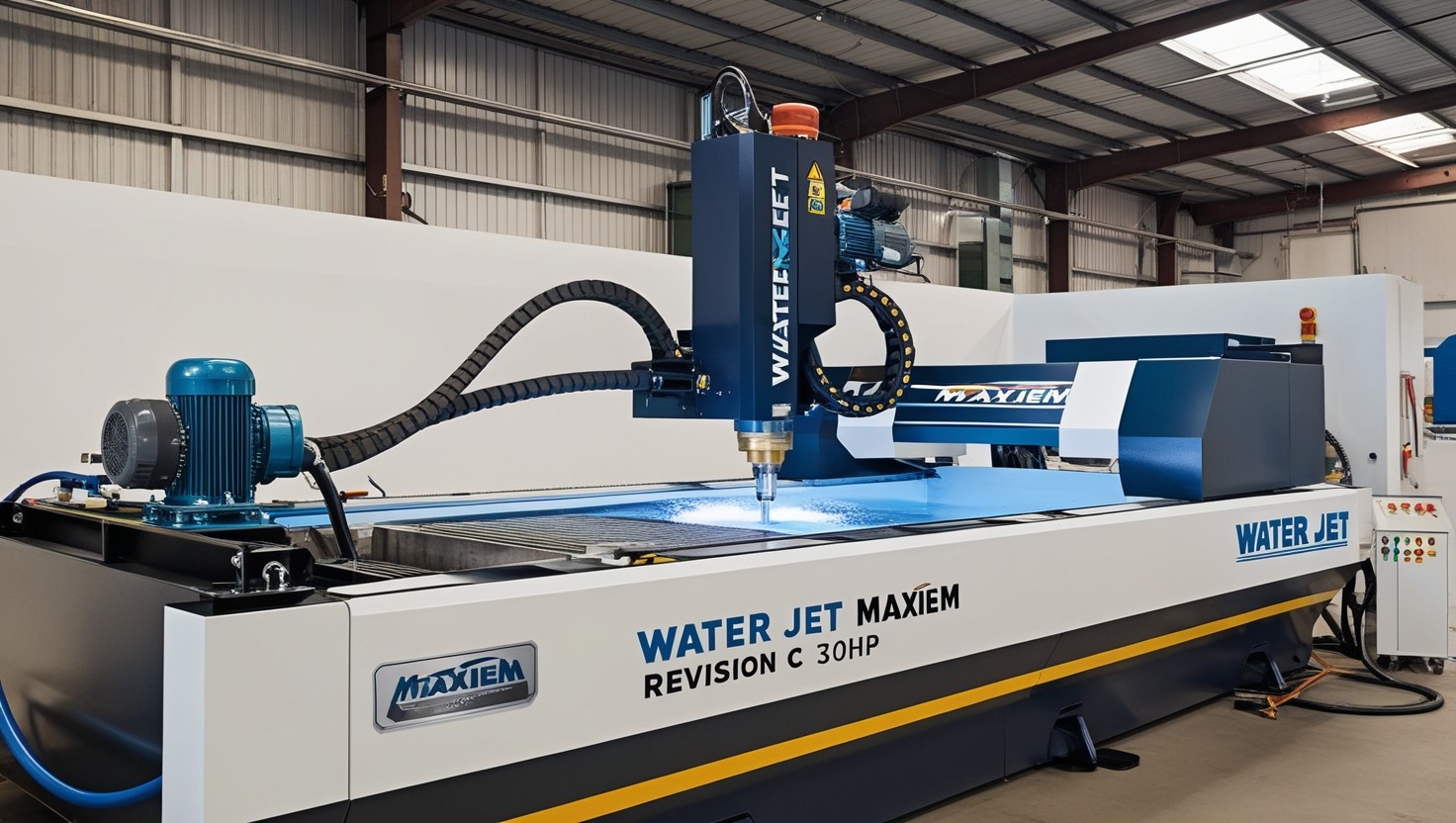In today’s hyper-connected world, where data transmission and real-time communication are at the heart of everyday life, the need for reliable, high-speed networks has never been more crucial. The emergence of Hoi-313 technology promises to redefine the landscape of connectivity by addressing the gaps left by existing networks like Wi-Fi and 5G. This innovative system is designed to overcome the limitations of traditional network models, offering enhanced stability, scalability, and efficiency.
The concept behind Hoi-313 is not just another incremental improvement in network technology but a fundamental shift towards a decentralized model that empowers users with uninterrupted connectivity, no matter their location. Whether you’re in a bustling city or a remote village, Hoi-313’s unique approach aims to bridge connectivity gaps and create a more connected, reliable future.
What is Hoi-313 Technology?
Hoi-313 is a revolutionary connectivity technology designed to address the most pressing challenges in modern networking. Unlike traditional centralized networks, Hoi-313 uses a decentralized model that disperses data across multiple nodes, creating a more resilient and efficient network infrastructure. By relying on intelligent, adaptive systems, Hoi-313 ensures that data is transmitted smoothly, preventing congestion and reducing latency.
In essence, Hoi-313 is a smarter, more flexible alternative to traditional networking solutions. It dynamically adjusts to changing traffic patterns, offering seamless connectivity even in areas where traditional networks struggle. This decentralized approach is the cornerstone of its ability to deliver high-speed, reliable connectivity across the globe.
The Technology Behind Hoi-313
At the core of Hoi-313’s architecture is its distributed network model. Instead of relying on a central hub, Hoi-313 employs a network of independent nodes that work together to share the data load. This approach allows the system to distribute traffic intelligently based on real-time demands, ensuring that users in high-traffic areas receive the bandwidth they need without experiencing slowdowns.
This distributed nature also means that Hoi-313 can better handle network congestion, which is a significant challenge for traditional systems like 5G. By spreading data across multiple paths, it ensures that no single point of failure can disrupt the entire network, providing users with a more reliable and uninterrupted experience.
Hoi-313’s Role in Enhancing Connectivity
The promise of Hoi-313 lies in its ability to enhance the performance of existing networks, including Wi-Fi and 5G. While these technologies offer impressive speed and coverage, they often face challenges in densely populated areas or rural locations where infrastructure is limited. Hoi313 bridges these gaps by providing additional coverage and offloading traffic from existing networks, reducing congestion and improving overall service quality.
In urban areas, where 5G networks are already prevalent, Hoi-313 complements this technology by distributing data more effectively, ensuring faster speeds and lower latency. In rural areas, where connectivity is often patchy, Hoi313 helps to fill coverage gaps, delivering consistent and reliable internet access.
Key Features of Hoi-313 Technology
Hoi-313 is equipped with several key features that set it apart from traditional networking solutions. These include:
- Decentralized Network Architecture: Unlike traditional networks that rely on central hubs, Hoi-313 uses a distributed system to improve efficiency and reliability.
- Dynamic Traffic Management: Hoi-313’s intelligent traffic management system adapts to network demands in real time, ensuring optimal data flow and minimal congestion.
- Enhanced Speed and Reliability: By distributing traffic across multiple nodes, Hoi-313 ensures that users experience faster speeds and more reliable connections, even during peak usage times.
- Seamless Integration with Existing Networks: Hoi313 is designed to work alongside existing Wi-Fi and 5G infrastructure, enhancing coverage and connectivity without requiring complete overhauls of existing systems.
- Scalability: The network is designed to grow with increasing demand, offering scalable solutions for a wide range of applications, from consumer internet to industrial use cases.
How Hoi-313 is Changing the Connectivity Landscape
Hoi-313 is poised to have a transformative impact on industries that rely heavily on connectivity. These include sectors such as healthcare, education, business, and urban development. Let’s explore how Hoi313 is reshaping these key areas.
Impact on Smart Cities
One of the most exciting applications of Hoi-313 is in the development of smart cities. By providing reliable, high-speed connectivity, Hoi313 enables real-time data exchange between smart devices, allowing cities to become more efficient, responsive, and sustainable.
From traffic management to waste collection, Hoi-313 enhances the ability of smart cities to collect and process data, leading to better urban planning and improved public services. With its decentralized architecture, Hoi313 also reduces the risk of system failures, ensuring that critical services remain online even during periods of high demand.
Revolutionizing Healthcare
In healthcare, Hoi-313 technology is already making waves. The healthcare industry relies on constant, uninterrupted data transmission for telemedicine, remote patient monitoring, and electronic health records. Hoi313 ensures that healthcare professionals can access patient data in real time, regardless of their location, improving the quality of care and reducing delays in diagnosis and treatment.
By enabling more reliable communication between medical devices, Hoi313 supports advanced applications such as remote surgeries and telehealth consultations, which are becoming increasingly important in modern healthcare.
Transforming Education
Education is another sector that stands to benefit from Hoi-313’s innovative approach to connectivity. With the rise of online learning and remote education, reliable internet access is more important than ever. Hoi313 ensures that students, teachers, and administrators can access educational resources without interruptions, even in rural or underserved areas.
In addition, Hoi313 can support interactive and immersive learning experiences, such as virtual classrooms and real-time collaboration, by providing the necessary bandwidth and low-latency connections.
Boosting Business Productivity
Businesses across various sectors are leveraging Hoi-313’s capabilities to streamline operations, enhance customer experiences, and improve overall productivity. The technology’s ability to deliver stable, high-speed internet enables smooth video conferencing, cloud computing, and real-time collaboration, all of which are essential for modern businesses.
In industries such as logistics, finance, and retail, Hoi313 is helping to optimize supply chains, improve data analytics, and enhance customer service, providing companies with a competitive edge in an increasingly digital world.
Supporting Sustainability
Hoi-313’s decentralized architecture also has environmental benefits. By optimizing data flow and reducing the need for centralized data centers, the technology helps to lower energy consumption and minimize the environmental impact of digital infrastructure.
This is especially important as cities and industries work towards more sustainable, green technologies. Hoi313 contributes to this goal by offering an energy-efficient alternative to traditional network models.
Future Prospects and Integration with Emerging Technologies
As we look to the future, Hoi-313 is positioned to play a key role in the development of next-generation technologies. With its ability to provide stable, low-latency connections, it is well-suited to support emerging innovations like virtual reality (VR), augmented reality (AR), and artificial intelligence (AI). These technologies rely heavily on real-time data processing and seamless connectivity, making Hoi313 an ideal solution.
Moreover, Hoi313 has the potential to help bridge the digital divide by providing high-speed internet access to remote and underserved regions. As the technology continues to evolve, it could play a central role in creating a more inclusive and connected world.
Conclusion
Hoi-313 represents a major leap forward in the field of connectivity. By addressing the limitations of traditional network models and offering a decentralized, dynamic approach to data transmission, it promises to revolutionize industries and transform the way we live, work, and communicate. With its ability to enhance existing networks like 5G and provide seamless, reliable connectivity in both urban and rural areas, Hoi-313 is paving the way for a more connected future.
As technology continues to evolve, we can expect it to play an increasingly important role in powering the next generation of smart cities, healthcare innovations, educational advancements, and business solutions. With Hoi313, the future of connectivity is brighter, faster, and more reliable than ever before.
FAQs
What is Hoi-313?
Hoi-313 is a revolutionary decentralized connectivity technology designed to improve data transmission by using multiple independent network nodes, ensuring faster and more reliable connections.
How does Hoi313 work with 5G networks?
Hoi313 complements 5G by offloading traffic, reducing congestion, and extending coverage, especially in rural or underserved areas where 5G might struggle.
Which industries benefit the most from Hoi313?
Industries such as healthcare, education, smart cities, and business operations all benefit significantly from the reliable, high-speed connectivity provided by Hoi313.
What are the main features of Hoi313?
Hoi313’s key features include a decentralized network architecture, dynamic traffic management, enhanced speed and reliability, and scalability.
How does Hoi313 contribute to sustainability?
By optimizing data flow and reducing the need for centralized infrastructure, Hoi-313 helps lower energy consumption, contributing to more sustainable connectivity solutions.
What is the future potential of Hoi313?
Hoi313 is set to support emerging technologies like VR, AI, and IoT, providing the necessary connectivity for the next generation of digital innovations.










